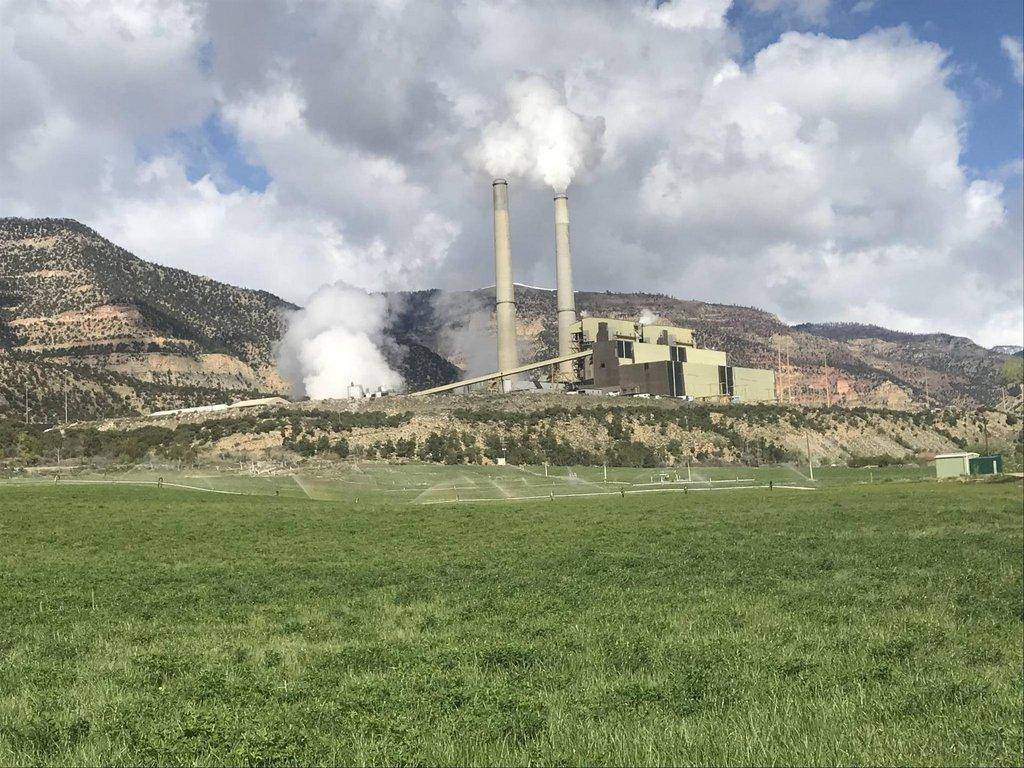As renewable energy gains popularity for the future, coal is often demonized as administrations and groups call for “cleaner” options. This has been detrimental for small communities that often rely on mining, power plants and related industries as economic drivers.
While coal remains one of the most affordable energy sources, many have looked for ways to extend the life of coal sources but remain as environmentally friendly as possible. The Obama administration was known for its “war on coal,” which put the coal industry on pins and needles as coal-fired plants were mandated to make various changes and upgrades in an effort to become more environmentally friendly.
A large push by the administration was to reduce carbon emissions. According to the Environmental Protection Agency, 79% of greenhouse gases in 2020 were from carbon dioxide (CO2), which enters the atmosphere by burning fossil fuels, solid waste, trees and other biological materials as well as certain chemical reactions.
With the increasing concern over carbon emissions, the concept of carbon capture and storage has been explored for decades. Carbon capture is the process of gathering carbon dioxide before it enters the atmosphere, transporting it and storing it for centuries or even millennia.
Carbon capture is most effective when taken from large sources, such as coal-fired plants, and then stored in an underground geological formation. While carbon dioxide causes harm when trapped in the atmosphere, the impacts are not the same when stored underground.
According to Hunter Plant engineer Lauren Huntsman, the Swell would be a nearly ideal location to store carbon dioxide because it is a dome with a hard rock covering and sandy underneath. Storage of the CO2 is envisaged either in deep geological formations or in the form of mineral carbonates.
Technologies used to capture carbon are absorption, adsorption, chemical looping, membrane gas separation or gas hydration. Recently, a company conducted an experiment at the Hunter Plant using a chemical to cool CO2 rapidly to a solid and then chipping it out (similar to dry ice).
North America has CO2 storage capacities for an estimated 900 years, which could extend the life of coal-fired plants for decades. Representative Carl Albrecht, District 70, said that this could be an exciting opportunity for rural communities.
“This could be a real boom locally and prolong the life of these critical power plants,” Rep. Albrecht said. “I’m excited to see what develops.”
He explained that carbon capture is on the legislature’s radar. HB 244 authorized the Division of Oil, Gas, and Mining (DOGM) to establish regulations for the storage of carbon dioxide in Utah. The bill also establishes the permitting process to develop Class 6 injection wells. DOGM would oversee carbon capture throughout Utah if any projects come to fruition.
To store CO2, injection wells would be drilled at the appropriate depth, typically one kilometer or more underground and in the appropriate formation. The carbon dioxide would be transported and injected on site for storage. This process is gaining traction by companies as they look to Carbon and Emery counties, and the state of Utah as a whole, to explore this possibility.
While carbon capture could extend the life of mines and power plants, it could also create additional jobs, according to Albrecht. These jobs would stem from drilling the injection wells and conducting environmental studies. In addition, employees would need to oversee the process and ensure the CO2 remains contained.
“This would definitely extend the life of the coal plants remaining in Utah, which is very important for rural economies and a major source of low cost, reliable and dispatch-able power to base load the electric grid,” said Rep. Albrecht.
In 1972, the first carbon capture and storage facility began operation in Texas. Since then, several natural gas plants have captured and stored more than 200 million tons of CO2 underground at the Texas facility through a long-distance carbon dioxide pipeline.
As of 2022, at least 26 commercial-scale carbon capture projects are operating worldwide with dozens more in development. Facilities span throughout the United States as well as in Canada, Norway and more.

